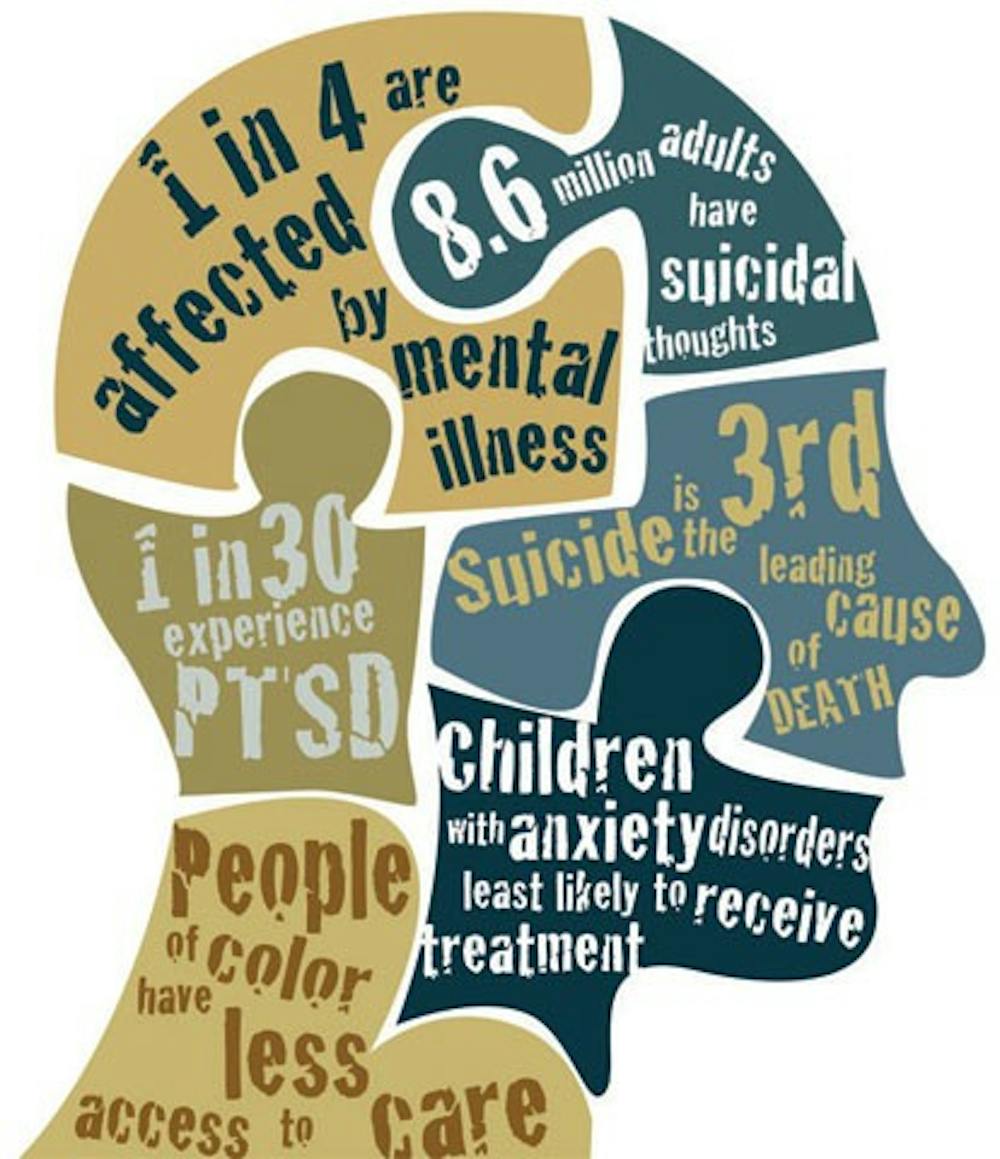Amidst the ongoing debate about political correctness on college campuses, there has been a parallel debate about the use of trigger warnings. Trigger warnings arose in the last decade on feminist websites as a way to warn sexual assault survivors of material which could potentially cause them undue stress because of to their own experiences. Recently, its use has spread to universities, where proponents believe it should be utilized to ensure that potentially harmful material or imagery is foreshadowed by notes of caution. In some courses, it has been taken further, with the proposed elimination of literature which contain triggers from syllabi. The ideological underpinnings of both sides of the issue, be it the importance of free speech or a student’s right to a safe educational environment, can be debated endlessly. However, an important question behind the use of trigger warnings should be whether or not they work — and they don’t.
The justification for the use of trigger warnings is noble, helping to protect a vulnerable subset of the population. But behind the moral reasoning for implementing these warnings, there has to be a factual basis — an indication they serve the purpose for which they are intended. Namely, this would be protecting students who have experienced traumatic events. However, simply avoiding exposure to triggering material does nothing to solve the root problem. The best way to overcome the emotional aftereffects of the trauma is to confront it. Avoidance of anything which reminds someone of the experience leads to helplessness and depression.
For colleges to prepare students for adult life, it shouldn’t have these restrictions. The eventual result would be a campus totally isolated from reality, from anything slightly disturbing or offensive. Ultimately this would not work to the benefit of the students. Instead, it would lead to stagnation and an inability to move beyond a traumatic event that results in that event defining that person. Furthermore, any blanket imposition of what constitutes a trigger warning would ignore the individuality of those suffering from PTSD and unnecessarily limit the education of other students.
This is why trigger warnings are a false promise of protection which gives temporary relief, while serving as a detriment in the long term. The harsh reality is that beyond the classroom, students will not have the same level of protection from harsh or offensive content. That is the nature of triggers — they come unexpectedly. So instead of giving students a false sense of security for the short time they are attending college — before sending them unprepared and unprotected out to the real world — we should instead help students address these issues. Triggers will be experienced, and unlike in college courses, they are hard to predict.
Increasing mental health resources to traumatized students gives them the ability to solve their problems and allows them to grow in a way which prepares them for the real world’s challenges. Treatment for post-traumatic stress disorder may not completely fix the problem, but it gives the patient more control over their emotional response to triggers. The healing process can be a painful experience, but it’s a necessary one. The alternative is allowing the wound to fester and continue to negatively affect a person’s life. It’s the difference between preventing someone from being hurt and eliminating the potential of something hurting them. Prevention works once, but addressing the mental health issues which rest at the heart of the issue gives students the ability to move through the problem on their own and continue to grow despite it.
Alexander Mink is an Opinion columnist for The Cavalier Daily. He be reached at opinion@cavalierdaily.com.







